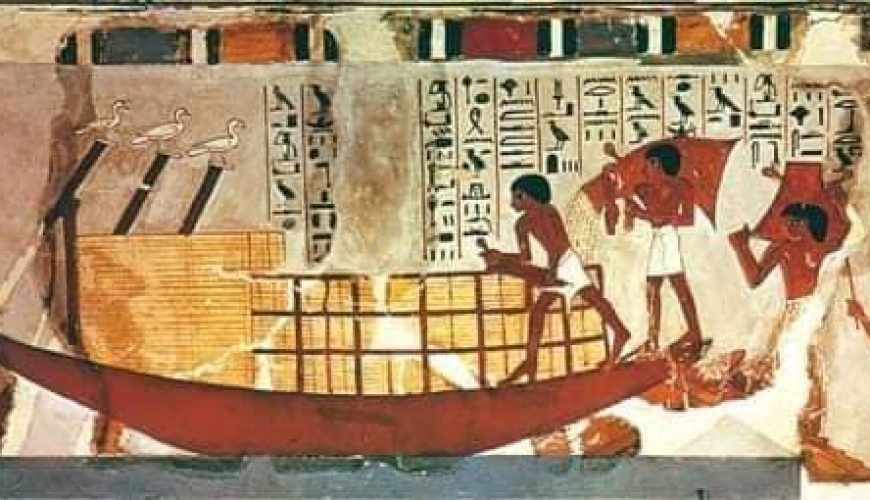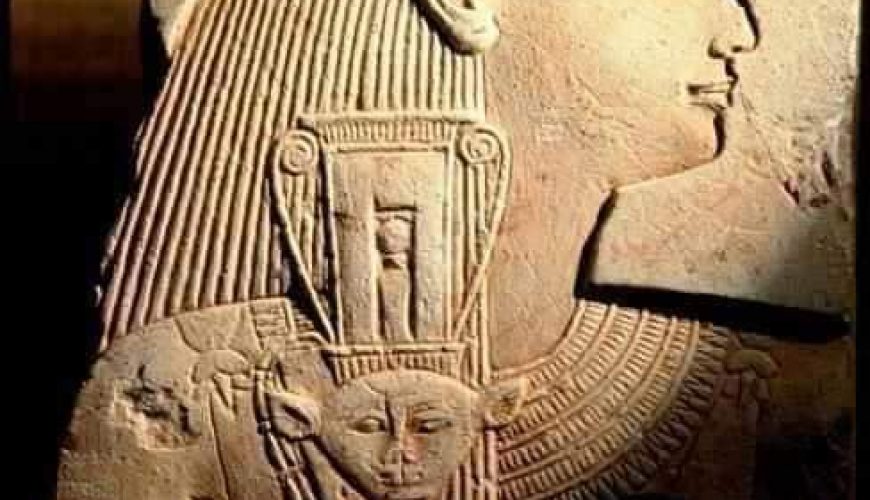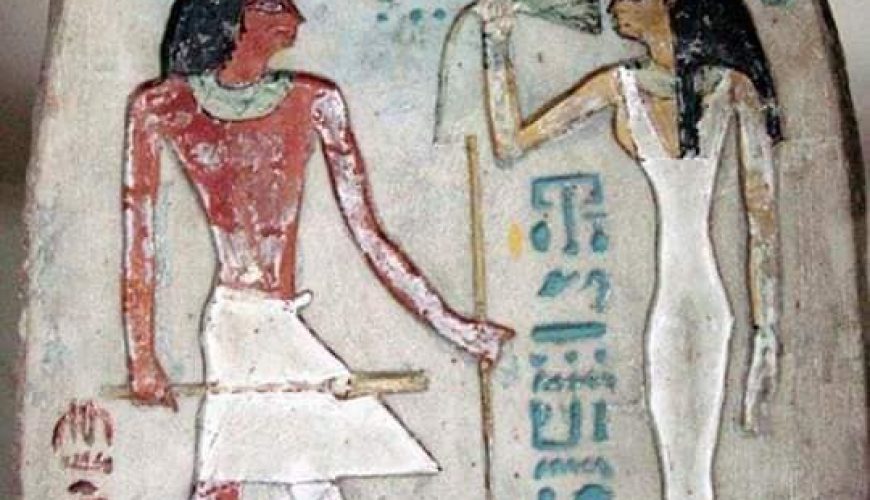Engraving and carving on the walls of temples in ancient Egypt
The ancient Egyptian knew sculpture since the beginning of the ancient Egyptian civilization, so he used sculpture to decorate the walls of establishments, temples and tombs. The sculpture was of two types: the bas-relief, which is that the surface is smooth, and the artist unloads around the drawing with the chisel at a depth of several millimetres, and he used the bas-relief sculpture for two purposes, namely writing and photographing scenes of individuals. The second type is the relief sculpture, which uses the chisel around the drawing to be highlighted so that it appears higher than the surface of the walls. Both types of inscriptions were spread on walls since the era of the Fourth Dynasty in burial chambers, doors, lintels, columns, ceilings, etc., and the walls of temples.
The inscriptions had a religious and political dimension. The inscriptions showed the king as a warrior, holding all religious rites and rituals, celebrating holidays, or a priest supported by the gods. In the case of victories in wars, he depicted war battles. The inscriptions also show the activities in the temples.
Engraving required a team of workers, not individual work. One worker paints, the second sculpts, and the third correct the work to appear in its final form.
The sculptor showed the torso and the eye facing each other while the head was on the side. At the same time, the lower part of the body was carved flat without thickness or details, and the lines were sharp, the upper part of the body is fixed in the form of a triangle, and the rest of the body and clothes have sharp geometric lines.
The scenes were engraved from left to right or vice versa. One wall was divided into parts separated by horizontal lines so that the surfaces were exploited in several scenes. Kings, gods, and owners of private tombs were depicted in a larger size than the rest of the people on the walls.
In the modern state, the lines became less sharp, and the movements were characterized by dynamism. This continued until the twenty-sixth dynasty, which brought about a revolution and a return to sharp lines, as was the case in the old state. This continued until the Ptolemaic and Roman periods.
In private cemeteries, the inscriptions showed the owner of the cemetery accompanied by his wife in front of the offering table, and this scene has been repeated throughout the ages.
The art of painting, relief, and inscription flourished in ancient Egypt; As attested by the walls of tombs and temples. The artist dealt with the walls as surfaces for drawing and engraving and tried to exploit all available spaces. The drawing was not the work of a single artist; Because the works of painting and engraving in ancient Egypt were carried out in three stages, with the participation of several categories of artists: each of them has his own field of expertise and specialization. In the first stage, she draws the initial main lines that give the contours of the figure. The colouring begins in the second stage; Starting with wider areas and progressing towards colouring the details of the drawing. Then comes the last stage, in which you draw fine lines that give details.
It can be said that there were no distinct differences between painting, photography and engraving. Even if we divide the inscriptions into two categories, carving and engraving, both methods must be preceded by a drawing step. To make the original design and outline the initial lines. Coloured pastes were used in colouring to fill in the blanks in the drawing. The ancient Egyptian artist often used colour fixing materials to extend the life of the colours.
Because art was linked to religious architecture, the artist was interested in depicting and venerating deities; By making various kinds of offerings and recording prayers and chants. He also depicted, at the same time, the different facets of everyday life; Which the deceased may enjoy in his tomb and carry with him to the afterlife. Those scenes did not represent specific facts or special stages of significance or importance. Rather, they were scenes representing different activities. Such as farming, hunting, grazing, playing and fighting.
In his depiction of people, the ancient Egyptian artist applied the law of lineage, which remained in use until the twenty-sixth dynasty. Under this law, the artist divided the surface into equal squares on which he drew the outlines of the human body. Based on certain proportions between the parts of the body, he fills in the squares; until the work is completed. And it turned out that photographing the side view was a typical approach to representing all parts of the body; Although the side imaging is not a stable base. And often ask to show details depicting the figure in front. The artist sometimes combined the two methods: drawing the head sideways, the shoulders in front, and the lower part.
The link between these arts and religion continued until the Greco-Roman era. Religious inscriptions and mythological themes on coffins were among the most important features of Hellenistic art. One of the most important additions widely used in that era was depicting the human face like the current art of portraiture. Masks of mummies and funeral masks bearing the image of the deceased’s face were also popular. These were placed directly on the face of the deceased, bearing the actual features and features of the face, so that the deceased’s soul could identify his body. Coffins were often made in the shape of the deceased person himself.
In the third century AD, an icon of a person was attached to his home until his death; Then, it is fixed on his coffin. These icons disappeared after the fourth century AD, But they reappeared in the sixth century. The emergence of the art of portraying the face or portraiture can be traced back to the second century AD, and it began in the tombs of the early Christians. The people depicted were not, at first, connected directly to the new religion. Still, the Gospel stories and symbolic themes gradually appeared until the painting of the Virgin and Jesus began: directly and clearly.
Portraits can be divided into three types, according to the method used in photography. The first is the tempera method, which has been known since Pharaonic times, and used adhesives such as glue and egg white; To give the colour a slight thickness (thickness). The second is the icon painted in the “Anchostic” method that appeared in Egypt during the Roman era.
The Engraving and carving on the walls of temples in ancient Egypt
August 17, 2021
0 comment




Comment (0)